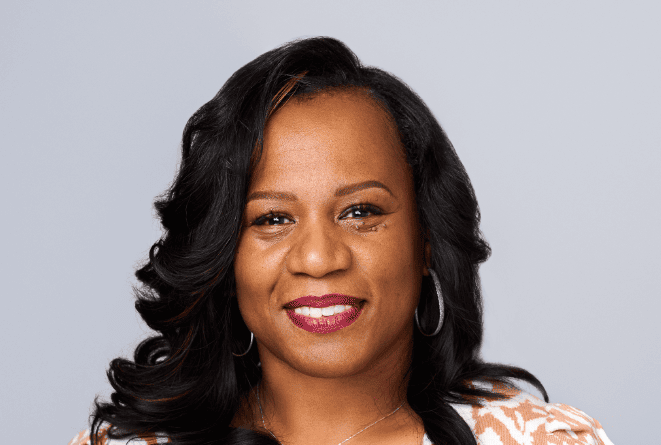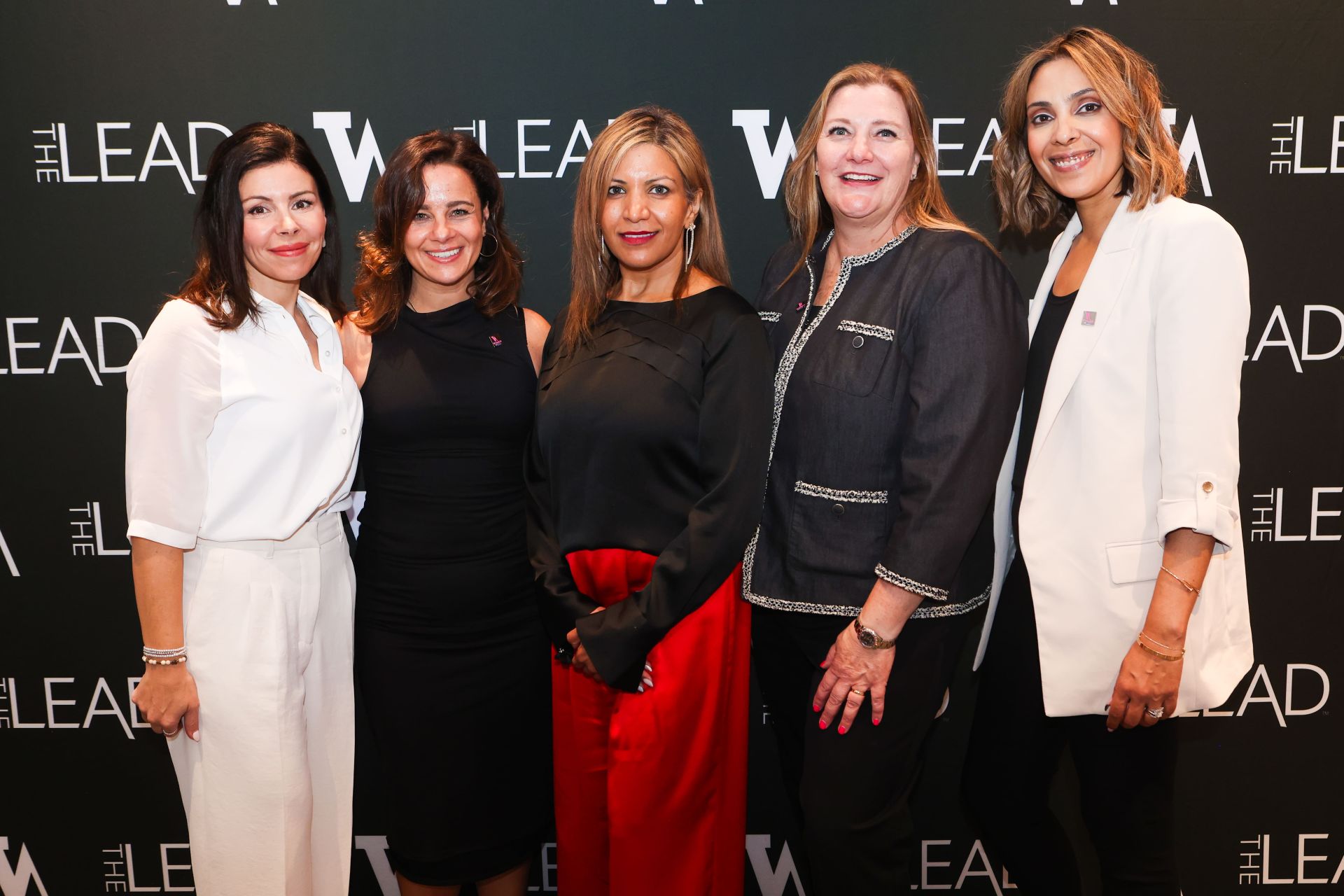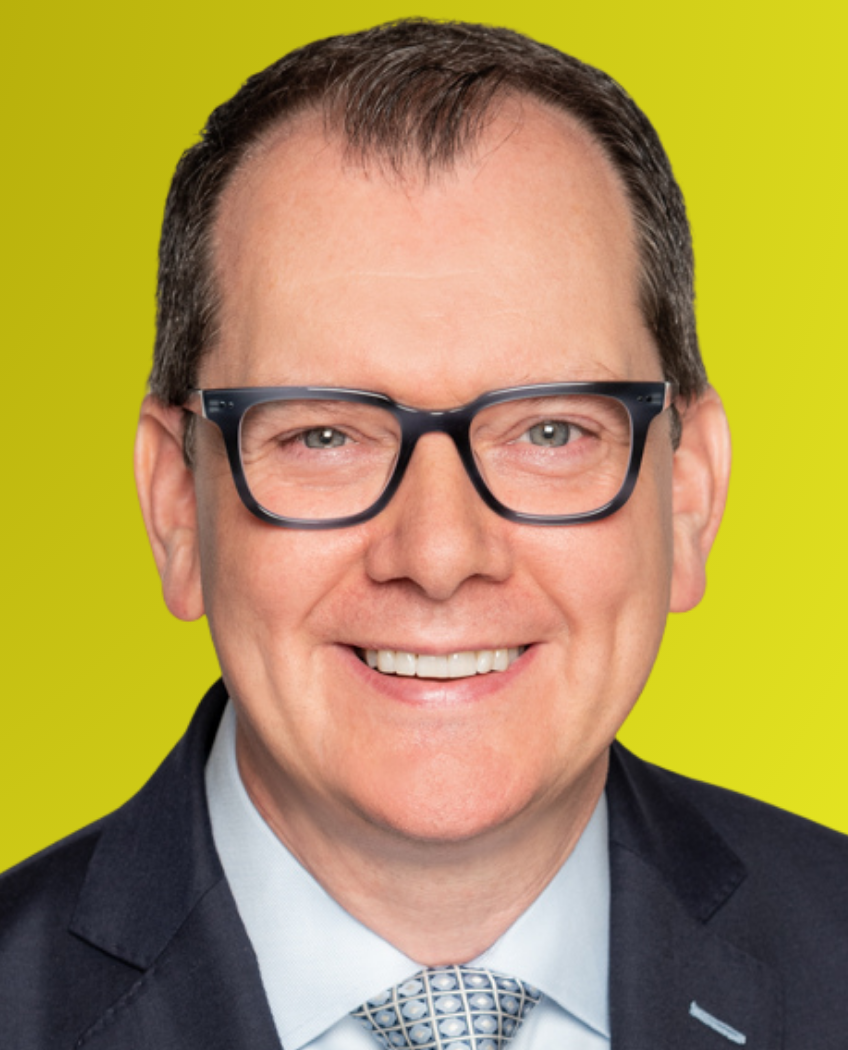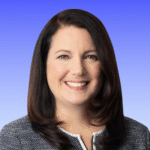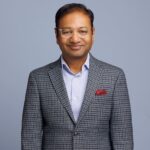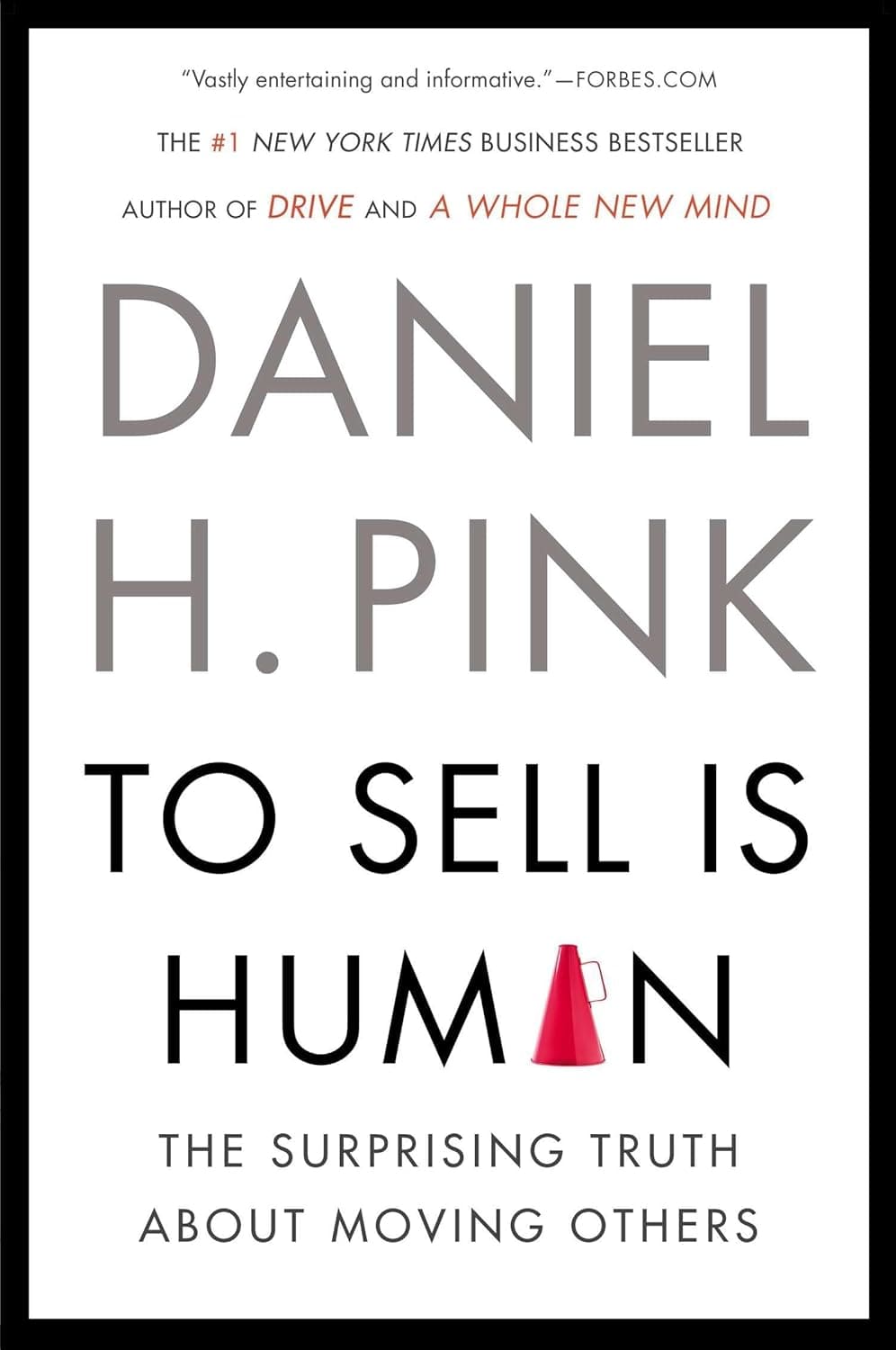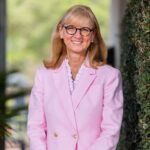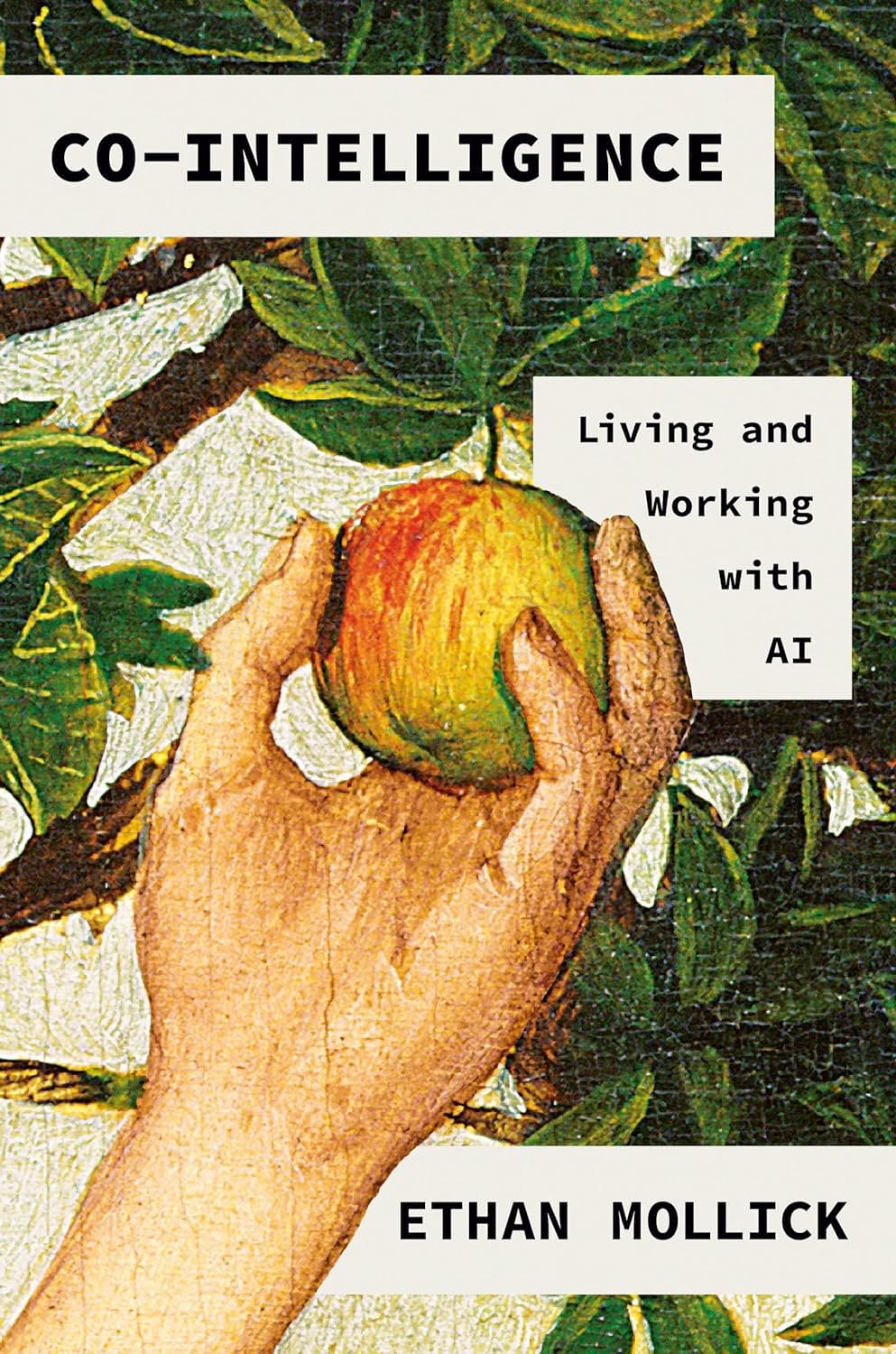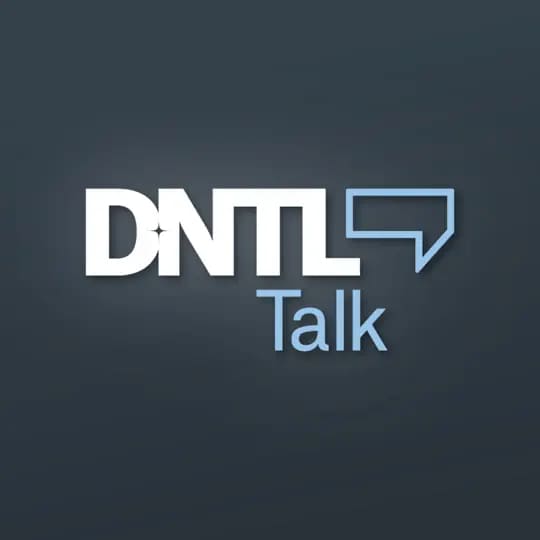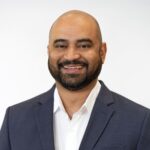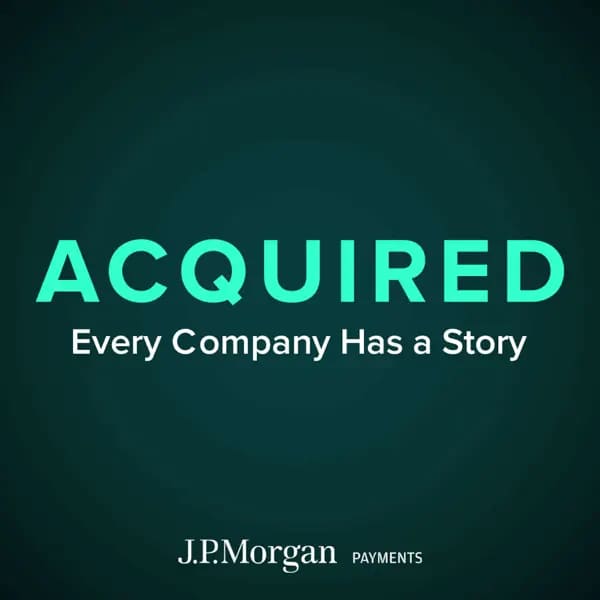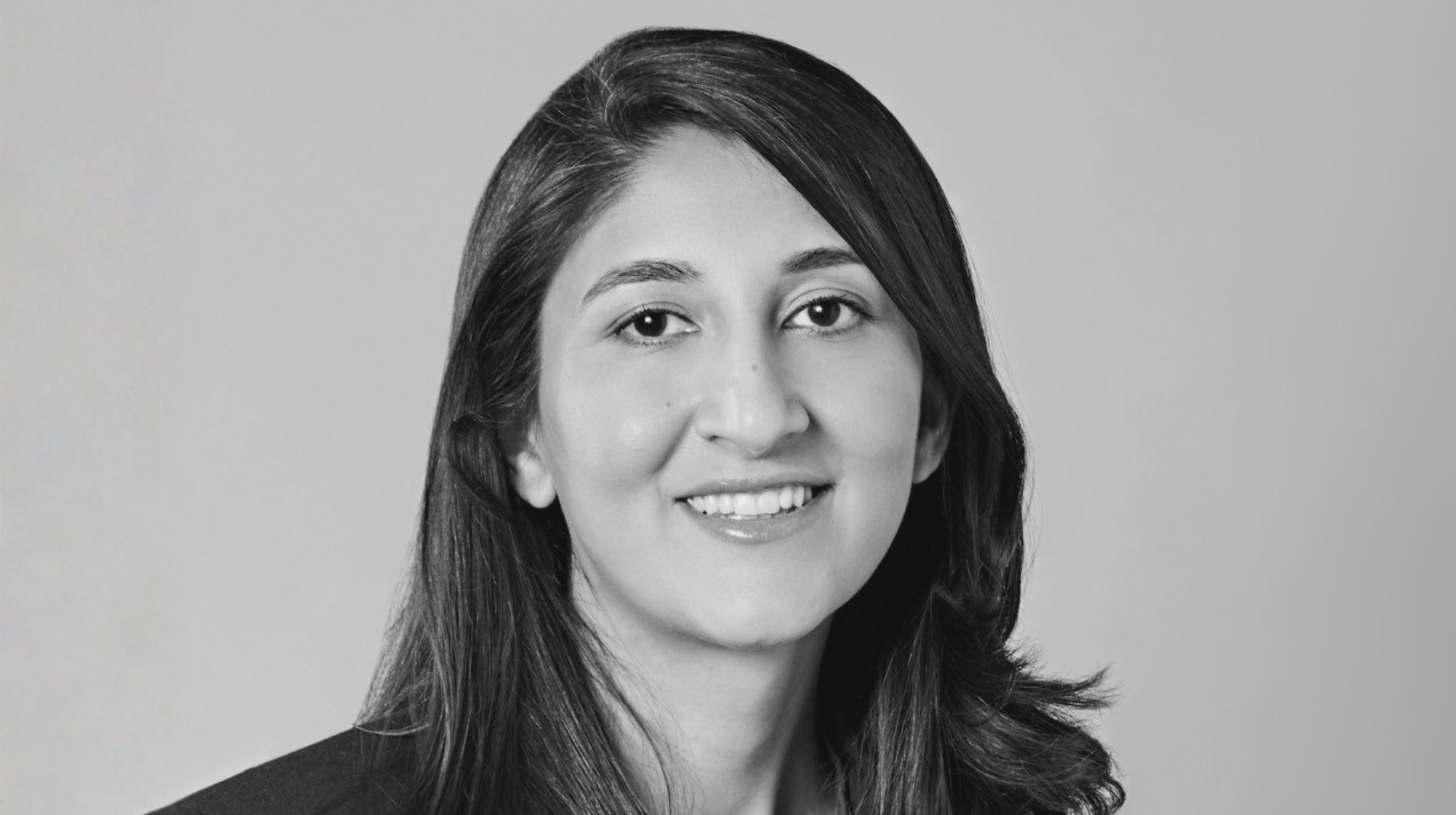From a pediatric clinic to a global healthcare brand, Haley and Goly Abivardi are rewriting the rules of dentistry with drill-free innovation.
They were never destined for the ordinary.
Swiss dentists and sisters Haley and Goly Abivardi have spent their careers asking why dentistry should look and feel the same as it did a generation ago. The answer? It shouldn’t. From running a pediatric clinic in rural Switzerland to pioneering Europe’s first fear-free DSO, their path has always led toward a bigger idea: that oral health is inseparable from overall health, and that care should be non-invasive, patient-friendly, and accessible.
Today, through their company vVARDIS and its breakthrough treatment CurodontTM, the Abivardis are pushing dentistry into a future of non-invasive care, inspired by nature. Stylish, uncompromising, and deeply human, their story blends science with innovation, patient compassion with commercial success. What they are building isn’t just a company—it’s a movement.
The Abivardis’ story is proof that big visions can upend old systems. Case in point: Their non-invasive early caries treatment was being used by two DSOs serving 250 offices, but 18 months later, it had reached 13% of U.S. dental offices—a rapid leap in influence and impact.
CurodontTM, vVARDIS’ proprietary, biomimetic solution, treats early-stage caries through hydroxyapatite generation, offering the opportunity to preserve the natural tooth structure without the need for drilling, injections, or artificial filling materials.
The Abivardi sisters fuse cutting-edge science with a deeply human mission: to improve oral health for better overall health—and make it available to everyone.
In this Q&A, they open up about their journey, the lessons that shaped them, and why they believe dentistry is on the verge of a revolution.
Origins & Influences
What sparked your journey into dentistry, and how did your early influences shape your vision?
Dr. Haley: Powerful role models deeply influenced our upbringing. Our mother, an entrepreneur, showed us the possibility of balancing a career with being a dedicated mother. What we hold most dear about her is her commitment to making a positive impact on people’s lives and her determination to pursue one’s goals.
Dr. Goly: Absolutely. She instilled in us the belief that the most beautiful achievement is bringing happiness to others. On the other hand, our father, a natural scientist, was a pioneer in sustainability, having written his thesis on the subject 60 years ago. He taught us the invaluable lesson Mother Nature always knows best.
How did your journey in dentistry begin, and what inspired your first steps?
Dr. Haley: After studying medicine and dentistry as DMDs, knowing how important oral health is, we wanted to treat children to make an impact on their overall health.
Dr. Goly: Having the same mission, we decided to work together as sisters and to run a public pediatric dental office in the rural areas of Switzerland, linked to elementary schools with the focus on prevention and early intervention. As healthcare professionals and mothers, it was heartbreaking to witness our patients suffering and to observe the impact of poor oral health on their physical and psychological well-being, mainly due to a lack of knowledge, awareness, or often anxiety associated with dental visits.

Most of the patients missed their appointments or came too late. Those early experiences inspired us to seek positive patient experiences and to elevate patient care, specifically to ease the anxiety associated with delaying dental visits. Ultimately, this led us to develop a new concept of a fear-free dental clinic, and that is how we opened our first clinic.
At that time, we were young—driven by vision yet facing the challenge of having no patients in a city with the highest number of dentists in the world, and only modest savings to rely on. Despite initial skepticism, our clinic proved remarkably successful, capturing 14% of the market within three years.
Encouraged by our success, we expanded by opening new clinics in Switzerland and Europe, founding the first Swiss DSO, the first European fear-free DSO, and expanding the brand worldwide.
How did you transform the traditional dental clinic into a fear-free, patient-first experience?
Dr. Goly: We founded our DSO over 20 years ago with an entirely new approach. This innovative concept combined state-of-the-art technologies and techniques with an unprecedented level of comfort and well-being for patients. For the first time, all specialists could be found under one roof with extended opening hours, until 9 p.m., seven days a week, with a walk-in concept.
We created a unique experience, maintaining consistent identity and design across all clinics. We even had our own music and fragrance. Unlike traditional clinics, we reimagined the entire patient experience, putting the emphasis on overall health and wellness and delivering a spa-like atmosphere, as opposed to one of a dental room.

The Breakthrough
Why has Curodont taken off so quickly—and what makes it a win for dentists and patients alike?
Dr. Haley: Because it is a win-win for everyone. For clinicians there is finally a drill-free solution for early-stage carious lesions and you can treat them in as little as three minutes during the same appointment. Patients are motivated to return because the treatment is completely drill-free. When the dentist performs a recall after six months, any new lesions can again be treated without drilling. This not only encourages repeat visits but also helps dentists save valuable chair time for more complex procedures.
When did you realize Curodont could upend traditional dentistry and why was it a game-changer?
Dr. Goly: We founded vVARDIS around four years ago, but the groundwork for our vision started almost two decades back with the pediatric dental clinic. Those experiences deeply influenced us. That is why our vision has consistently revolved around practicing minimally invasive, early intervention care rather than relying on reparative dentistry.
In addition to our clinics, we led our own dental hygienist school, complete with a research center, facilitating various clinical studies. It was during this time, over 10 years ago, that we came across groundbreaking technology offering a non-invasive treatment for early decay, without the need for a needle or a drill.
For decades, we’d been scouting for a solution and finally one day, we found it! The proprietary formulation disperses throughout the depth of the lesion and treats the early-stage caries by restoring the lost or damaged hydroxyapatite crystals with minerals from saliva.
As daughters of a natural scientist, we were fascinated by this innovation. Despite years of trying everything possible to improve our patients’ oral health, we felt that something was still missing. ![]()
Tooth decay remains the number one disease in the world. Despite significant improvements in oral health and dietary habits over the past 50+ years, around 95% of the global population is still affected. More common than heart disease, diabetes, or even cancer, tooth decay impacts millions—especially vulnerable populations. Until now, there has been no satisfactory solution for treating the early stages of the disease.
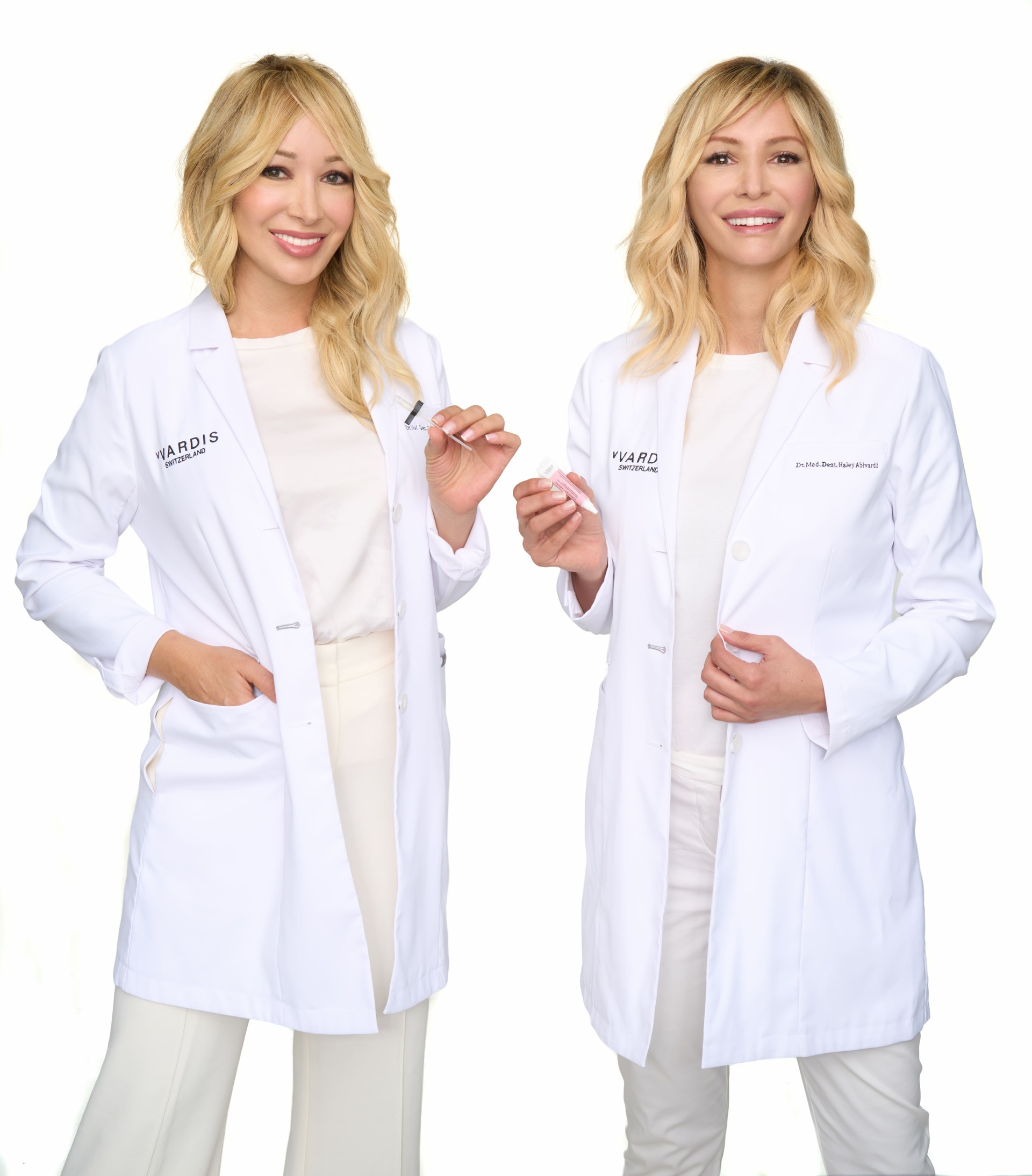
Dr. Haley: We see early-stage lesions in nearly 80% of our patients, but most leave the office untreated, with dentists putting a “watch” on it without having a suitable solution available. However, patients may not return for a follow-up appointment, which exposes them to the risk of cavity progression and potential severe secondary diseases.
Dr. Goly: Motivated by the aspiration to make this groundbreaking innovation accessible to everyone, we decided to sell our dental clinics and reinvest everything into the creation of vVARDIS.
How is vVARDIS pushing the boundaries of dentistry—and inspiring change beyond the dental chair?
Dr. Haley: Now that Curodont is available in over 13% of U.S. dental offices, an increasing number of dental professionals—or “Curodontists”—are embracing our treatment and giving patients access to this revolutionary solution with fast adoption rates. It demonstrates the demand dental professionals have for a solution capable of treating tooth decay at an early stage.
Dr. Goly: We are thrilled to witness a ground-breaking transformation in dentistry similar to the advancements that medicine embraced years ago toward non-invasive, early intervention approaches. In the same way, Curodont is helping to elevate the standard of care for the early treatment of tooth decay.
Sisterhood & Vision
How do sisters turn shared vision into a powerhouse partnership and make it last 25 years?
Dr. Haley: People often ask us why and how it’s been possible. We challenge each other, yes—but our shared mission of improving lives through better oral health keeps us aligned.
Dr. Goly: We have such a strong bond that we’ve cultivated over the years. This deep connection has enabled us to discover the most effective ways to complement each other.

When did you see that dentistry can transform not just health—but someone’s entire future?
Dr. Haley: Looking back, we see countless experiences that shaped us into who we are today, but the most impactful experience was when we decided to give back to our community and provide free dental treatment to the homeless in our clinics. After restoring their smiles with implants and crowns, many patients regained employment and reestablished connections with their loved ones. This was the exact moment where we saw the impact a healthy smile can have on others.
Dr. Goly: This was a very moving experience and reinforced our belief in the idea that proper dental care can change lives. We learned that if everyone has access to dental care, not only will their mental and physical health benefit, but their overall quality of life will as well.
What advice would you give to anyone chasing a bold vision, even when the path feels impossible?
Dr. Haley: The same advice that we received from our parents that helped us become who we are today: “If you have a vision, go for it. ‘It doesn’t work’ doesn’t exist.”
For Haley and Goly, vVARDIS is more than just a company—it embodies a mission to make non-invasive dentistry and early caries treatment accessible to all, creating a meaningful impact on people’s lives, especially underserved communities.





